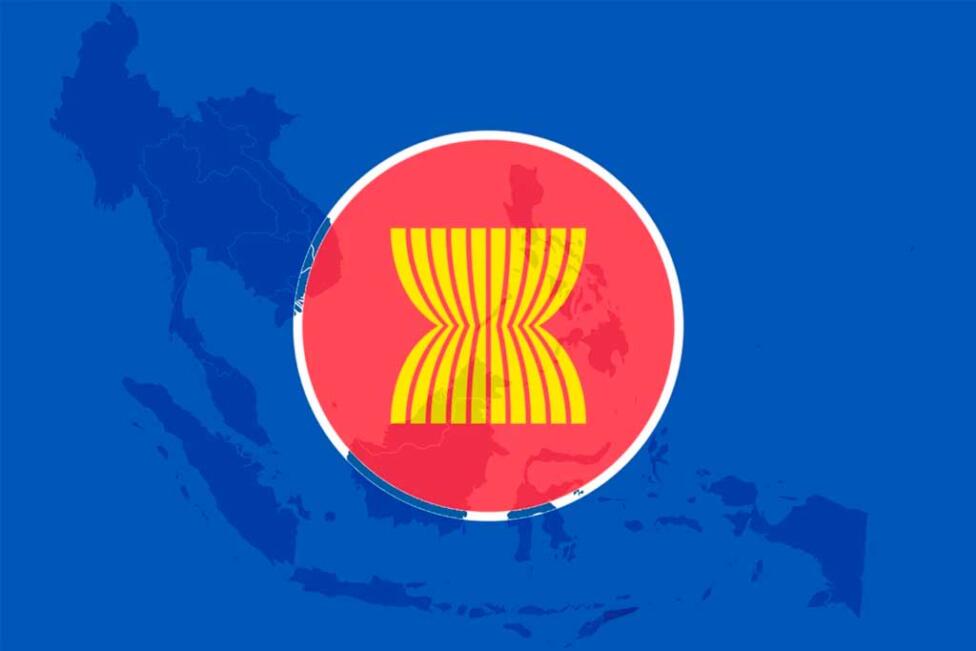KUALA LUMPUR – With two-fifths of the global economy, East Asia has the potential to inspire others by creatively addressing the tariff challenges posed by the U.S. President through promoting fair, dynamic, and peaceful regional cooperation. There are no winners in a trade war. Donald Trump’s tariff announcement on April 2, which he called ‘Liberation Day,’ presents a shared challenge that requires serious attention. Dismissing it as irrational or foolish is unproductive. Politics and economics are often seen as extensions of conflict by other means, a notion that helps explain current global tensions. His focus is on global dominance, not just tariffs. Some argue his first move came when Canada arrested Huawei’s founder’s daughter at the behest of Trump’s first administration (2017-2021). Others cite different starting points. President Barack Obama (2009-2017) announced the U.S. pivot to Asia to contain China, undermining the WTO’s dispute resolution by blocking arbitration panel appointments. Trump’s transactional approach assumes zero-sum games, ignoring cooperative, win-win solutions, making these dangerous times. His preference for shock tactics is well-known. He seems disinterested in medium or long-term consequences, insisting on one-on-one bilateral deals while rejecting plurilateral agreements. ASEAN’s model is relevant here. Founded in 1967 by the Philippines, Indonesia, Malaysia, Singapore, and Thailand, ASEAN resolved recent conflicts and organized quickly despite ongoing wars. Now comprising ten countries, ASEAN’s vision of a Zone of Peace, Freedom, and Neutrality (Zopfan) remains unevenly advanced. The 46th ASEAN Summit in Kuala Lumpur, themed ‘Inclusiveness and Sustainability,’ followed precedents like the 1955 Bandung Conference, which birthed the Non-Aligned Movement. East Asia’s economic stagnation is largely due to Western policies since 2008. ASEAN+3 (including Japan, South Korea, and China) is crucial now with its Regional Comprehensive Economic Partnership (RCEP). The earlier Chiang Mai Initiative responded to the 1997-98 Asian financial crises. After years of Northeast Asian stimulus, ASEAN moved from bilateral to multilateral swap agreements. Japan, China, and South Korea recently met without ASEAN to prepare for Trump’s tariffs. ASEAN struggles to imagine regional economic cooperation beyond free trade agreements. Trump aims to remake the world to make America great again. His tariffs and Mar-a-Lago proposals signal an end to the status quo. Will East Asia rise to the challenge and offer alternatives for regional economies? The UN-led multilateral system still serves U.S. interests but not enough for Trump, who invokes multilateral language selectively.
— new from IPS Agencia de Noticias
